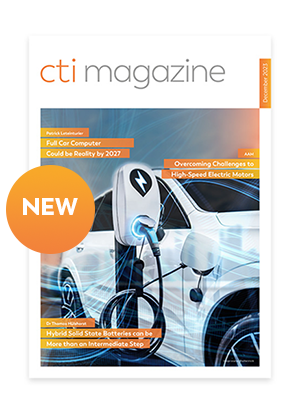Abstract. Due to the increasing development of automation in passenger vehicles, the demand of analyzing Human Factors & Ergonomics (HFE) influence has become mandatory for the global automotive industry. Regarding manual transmission gearshift quality perception, few studies are available in published literature today applying HFE-based methodologies to predict driver perception and satisfaction with a given manual gearshift system. On the other hand, due to the inherent complexity in analyzing and selecting all human variables that affect driver’s interaction with the vehicle and correlate against objective data of the system, such human-based methodologies have been neglected until now by the technical community. This article challenges the status quo which considers only objective variables and focusing on two HFE categories, Anthropometric and Demographic, and applies statistical methods with factor analysis to understand the relevance of each HFE variable before proposing a linear regression model and an artificial neural network (ANN) to correlate to real user’s perception. Considering the proposed approaches, the predicted ratings showed a clear higher weight adding the HFE variables, enhancing the current available objective-based methods. This clear improvement leads to a better understanding of how transmission systems changes may affect different populations and/or type of costumers’ satisfaction, supporting future Human-Vehicle Interface (HVI) researches.
Introduction
Recently, with the continuously increase in quality requirements imposed by global car market, gearshift quality perception for manual transmissions increased in importance, mainly due to its high linkage to driver’s somatic sensory system. However, on the other side of the equation, first interactions with a new gearshift system and its integration happen in a very advanced (and late) phase of the vehicle development, when any required design change is extremely long and expensive.
On the other hand, to perform such analysis in the early stages of the full vehicle development process, definitely, is a very complex task [1,2,3,4,6,7,8,10,14,17,18,19,20]. This complexity is due to that gearshift quality perception is affected by several variables like scratch during engagement phase, effort, harshness and precision, with great interaction with the anthropometry and driver’s expectations and driving style, being difficult to predict with existing models based just on objective variables (e.g. efforts, impulses, times, etc.). However, few studies considering some superficial HFE considerations to define its relationship with the objective variables during the process of gearshifting are available.
It is possible to find in the available literature several definitions about gearshift quality, but definetely all articles found lead to a very “wide” definition and has “evolved” in the last years mainly due to the more demanding market requirements [3,4,6,7,8,10,14,17,18,19,20]. And, since the pioneer study performed by M’Ewen [11] until most recent works, like the ones presented by Szadkowski [20] and Szadkowski and McNerney [21], the main concern was in the analysis of the influence of the maximum effort demanded to shift gears.
Applying this definition to the vehicle interface, the interaction between driver and vehicle is very wide and cannot be limited in studying only his/her contact with the gearshift lever inside the passenger compartment. However, take into consideration all interactions the drive may suffer while driving would demand a huge amount of time and more detailed and specific studies [6,7,8].
Exactly as cited by Robinette [17], reachability analysis is performed through a set of in-vehicle anthropometric studies, and must be the very first activity when designing the interior of a given vehicle [3,4]. In the available literature [9,10,12,17], all reachability analyses done in a vehicle just guarantee that, statically, a population of drivers is able to reach and operate its controls with comfort and without facing any difficulty. However, these sort of analyses do not consider the loads that, as for example, the gearshift system transfers to driver’s hand during a gear change.
Loads analyses are studied measuring the forces behavior in the lever knob during the entire gearshift, covering both selection and engagement phases [1,2,6,7,8]. After running these measurements, the gearshift engineer decides if a change is necessary to improve quality, without considering any HFE aspect.
Full article as PDF-Download
Edson Luciano Duque, PhD
General Motors South America, São Caetano do Sul – Brazil
edson.duque@gm.com
Suzimara Ducatti, PhD
General Motors South America, São Caetano do Sul – Brazil
suzimara.ducatti@gm.com
Plinio Thomaz Aquino Jr., PhD
Centro Universitário da FEI – Fundação Educacional Inaciana Pe. Sabóia de Medeiros, São Bernardo do Campo – Brazil
plinio.aquino@fei.edu.br
